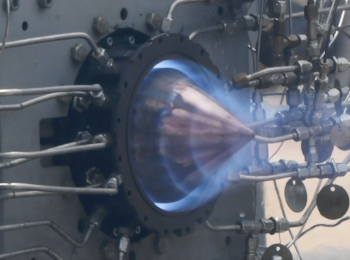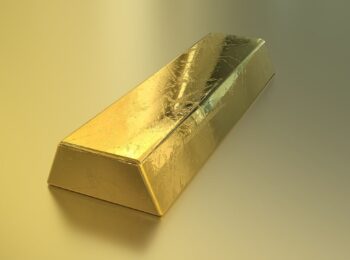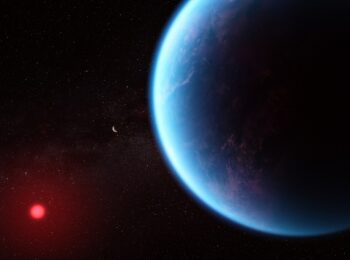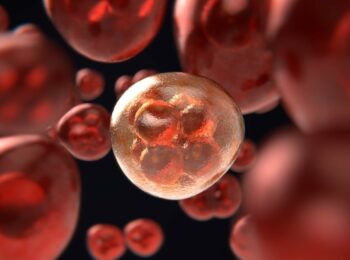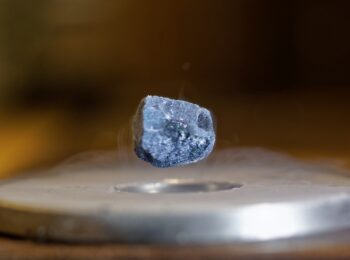Astronomers at the British University of Cambridge have just discovered the smallest star ever documented.
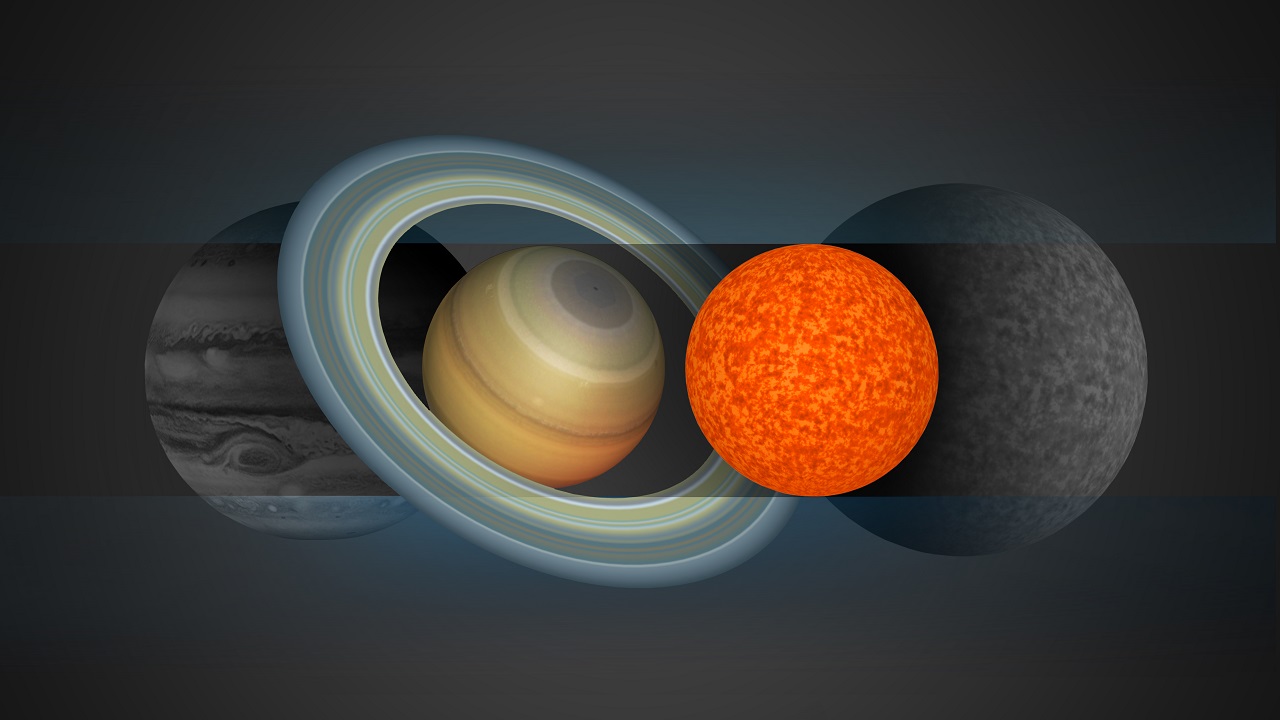
The star, with the slightly odd name “EBLM J0555-57Ab”, has a mass of only 0.081 our own sun’s mass and the star is only slightly larger than the planet Saturn, the astronomers write in the research report.
It is a Saturn-size low-mass star at the hydrogen-burning limit. Just big enough to allow nuclear fusion to persist. According to the researchers, the newly discovered star is at the exact limit for what a celestial body can be to described as a star.
“Our discovery reveals how small stars can be. Had this star formed with only a slightly lower mass, the fusion reaction of hydrogen in its core could not be sustained, and the star would instead have transformed into a brown dwarf.”
– Cambridge astronomer Alexander von Boetticher
EBLM J0555-57Ab is a binary star system located about 600 light years from our own system.
Reference:
Alexander von Boetticher, Amaury H.M.J. Triaud, Didier Queloz et al. The EBLM project III. A Saturn-size low-mass star at the hydrogen-burning limit arXiv:1706.08781 [astro-ph.SR]
















